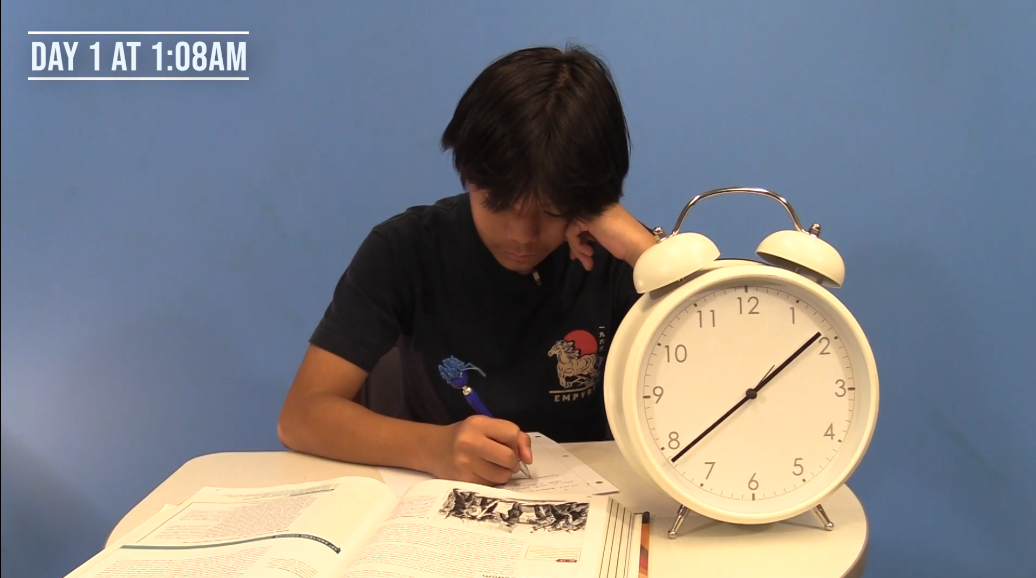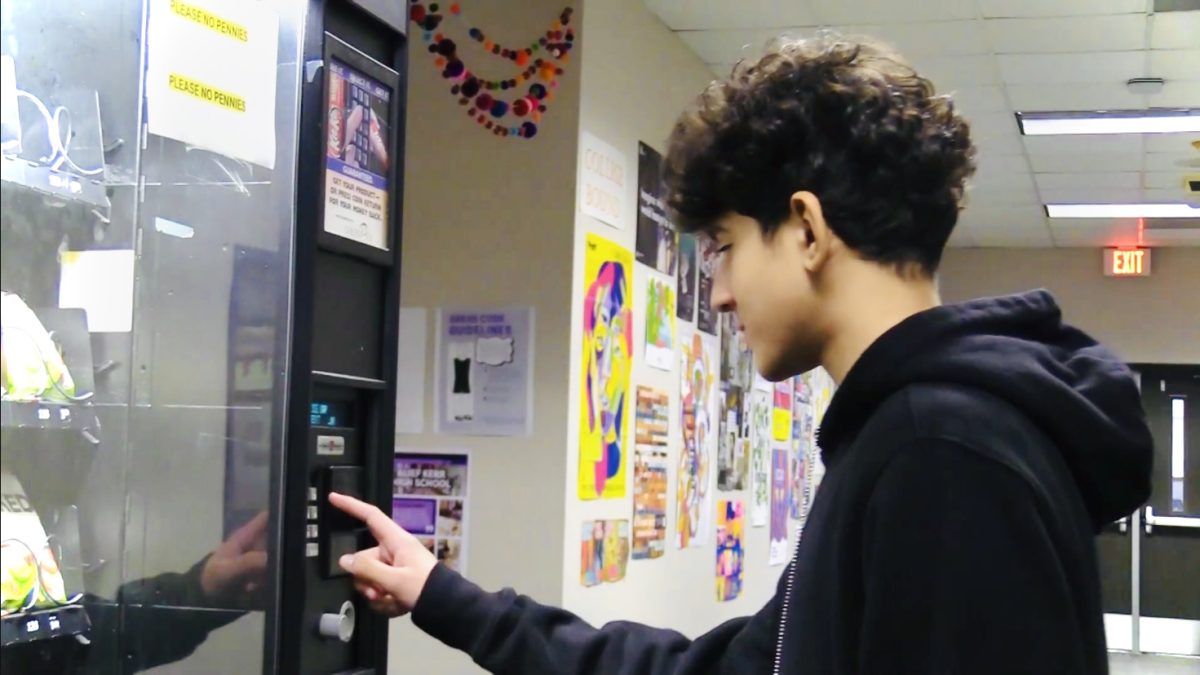Her hands become sweaty. Her heart starts beating faster.
In front of senior Emily T. is the most difficult section of the SAT: writing the honor statement in cursive.
“When I found out I had to write in cursive,” Emily said, “I was like ‘what is the purpose of this?’ I kept trying to figure out why they specifically wanted cursive.”
The conversation about cursive has resurfaced as other states and school districts begin to take cursive out of the curriculum, due to their adoption of the nationwide Common Core standards. The standards do not require cursive to be taught, although individual states can mandate it on the side. To date, all but five states (Alaska, Minnesota, Nebraska, Texas, and Virginia) have adopted the Common Core standards. A growing number of states, including Indiana and Hawaii, have stopped requiring cursive at all.
For social studies teacher Karen Evans, the loss of cursive is a terrible situation.
“Handwriting has definitely suffered,” Evans said. “When I first started teaching, most kids started off with fairly acceptable handwriting because they were counted off for [not having] it in elementary school. But the state took penmanship out and within two to three years the handwriting become atrocious.”
While handwriting is no longer graded in middle and high school, third and fourth graders in Texas must still learn cursive writing. Increasingly loose requirements on handwriting at the high school level, however, indicate that this may change.
“Cursive is pretty useless, ” senior Jordan H. said. “The only time you would ever use cursive is to write your own signature. But even then your signature can technically be anything you want, so [cursive] doesn’t really matter in the end.”
For many students, cursive takes its last bow in the form of the SAT and PSAT honor statements, which must be copied and signed in cursive. For some students, the cursive requirement was a less than pleasant surprise.
“Honestly, the writing in cursive statement was the hardest part of the SAT,” Jordan said. “I don’t know how to write in cursive so it was difficult.”
On a day-to-day basis, Emily rarely uses cursive. She prefers print and typing because they are more practical.
“In elementary school,” she said, “they would be like ‘You need to know how to write in cursive so you can write faster when you’re taking notes in college!’ No one writes their notes in college anymore…they all have computers and tablets; you’re better off learning how to type correctly.
Kelli Chow and Tuong-Phi Le also contributed to this report.






